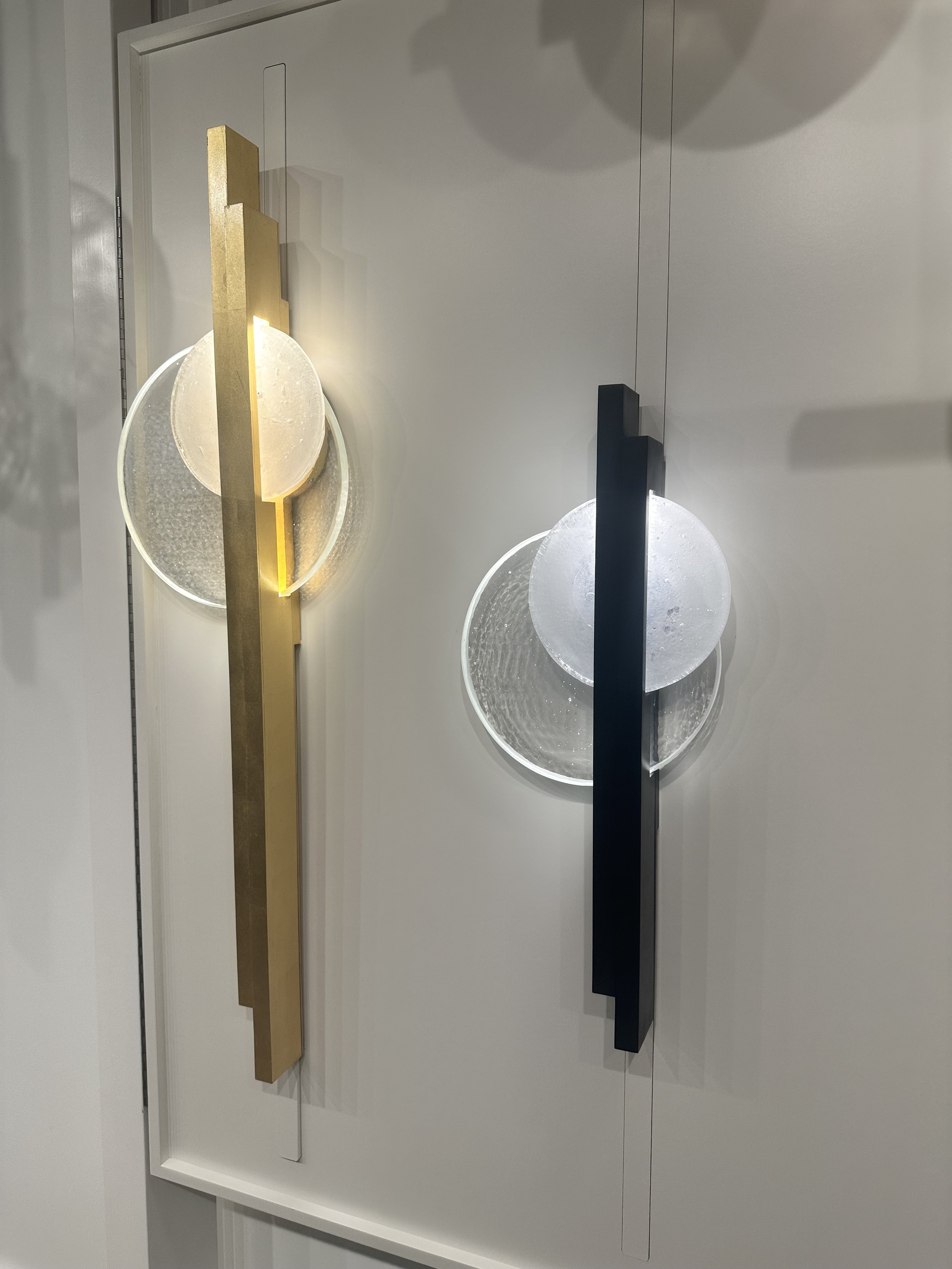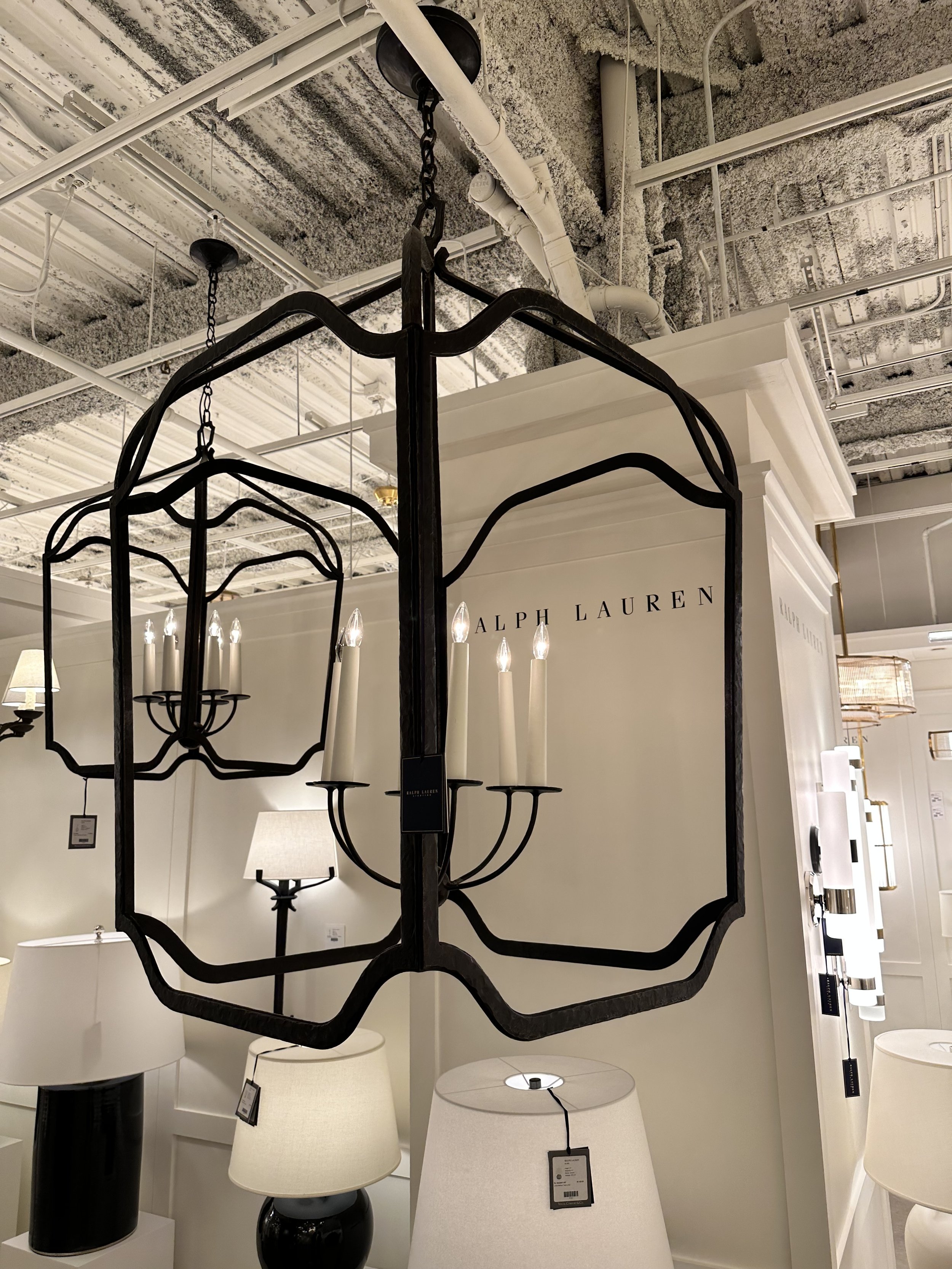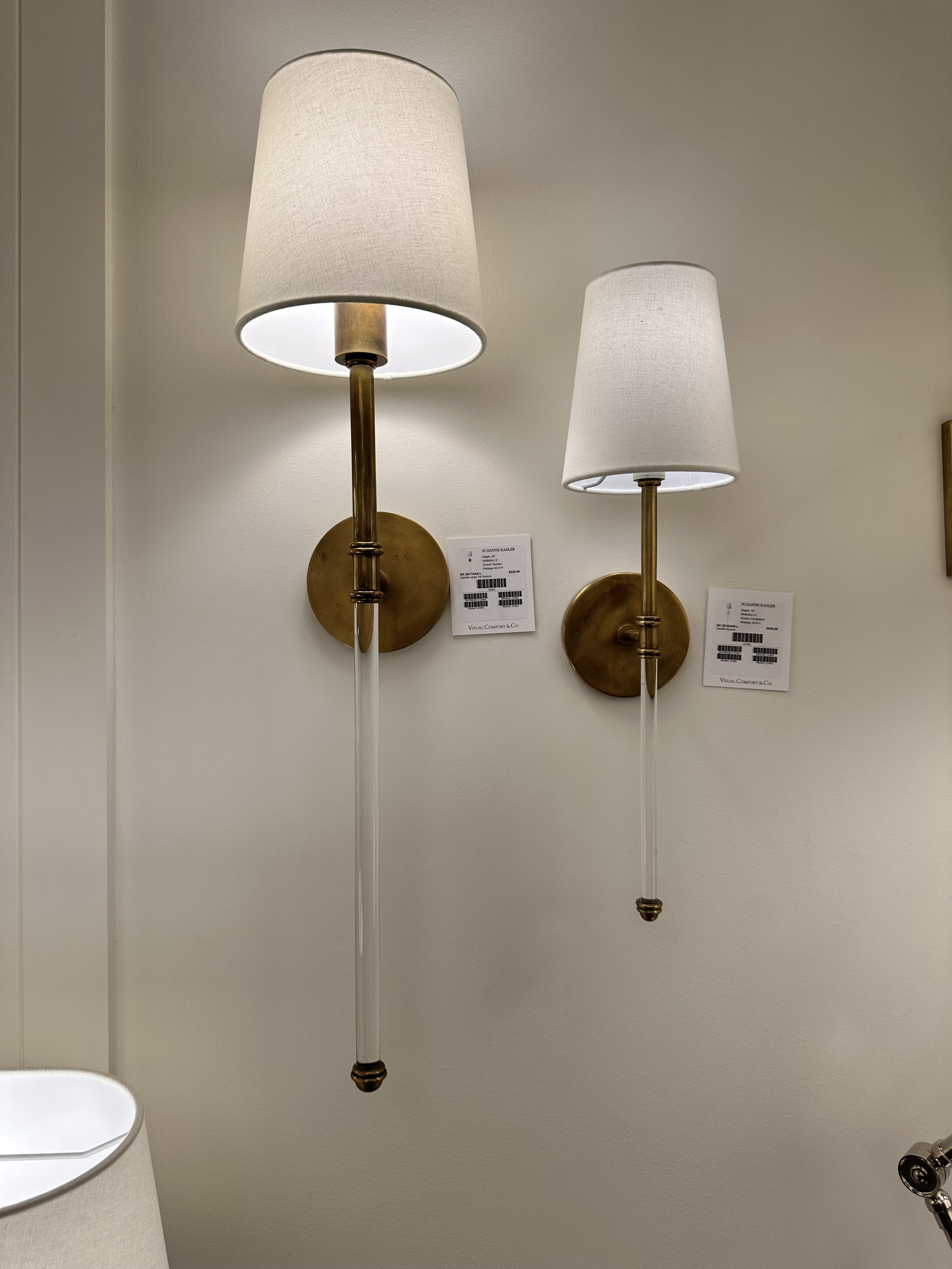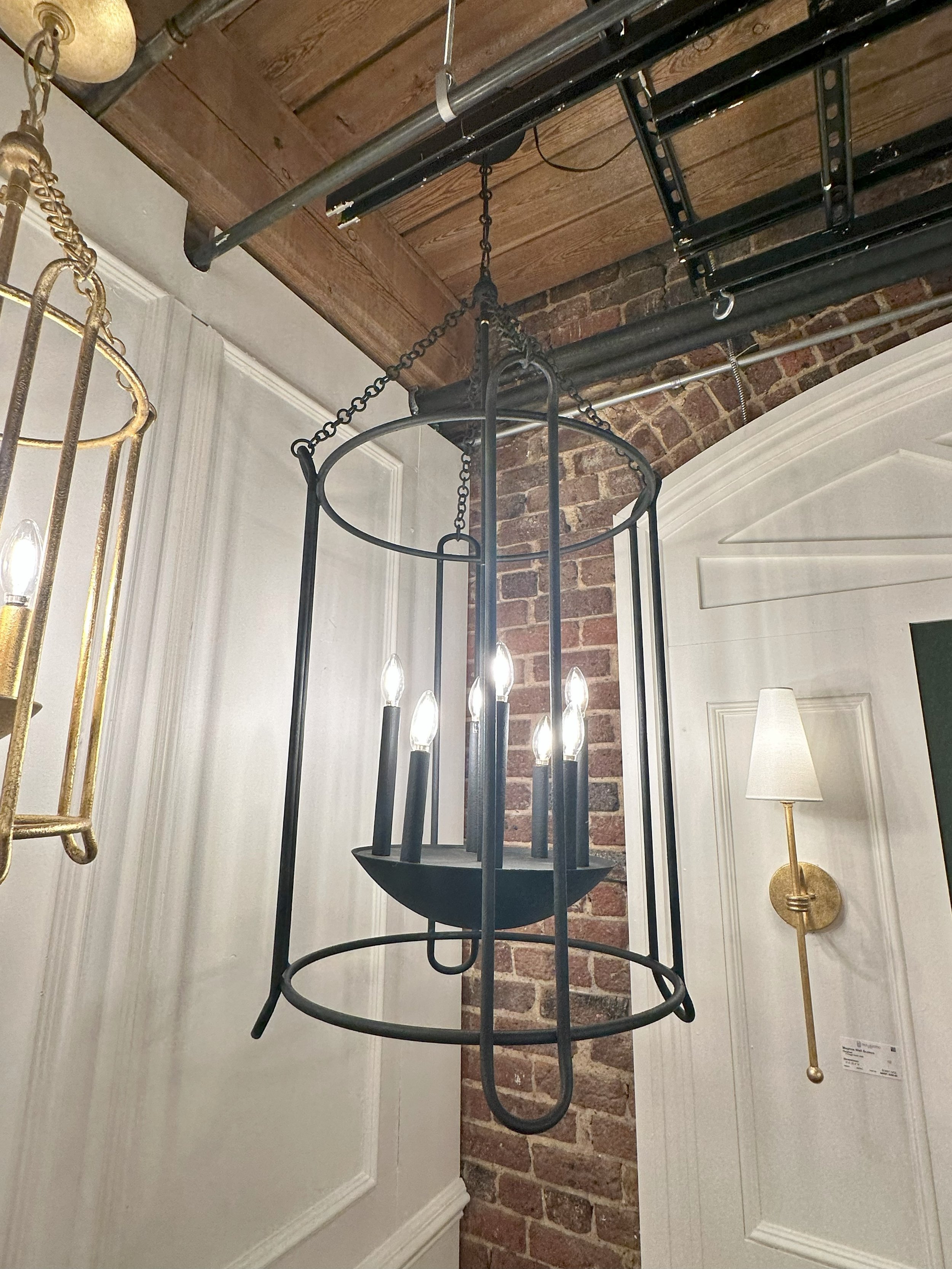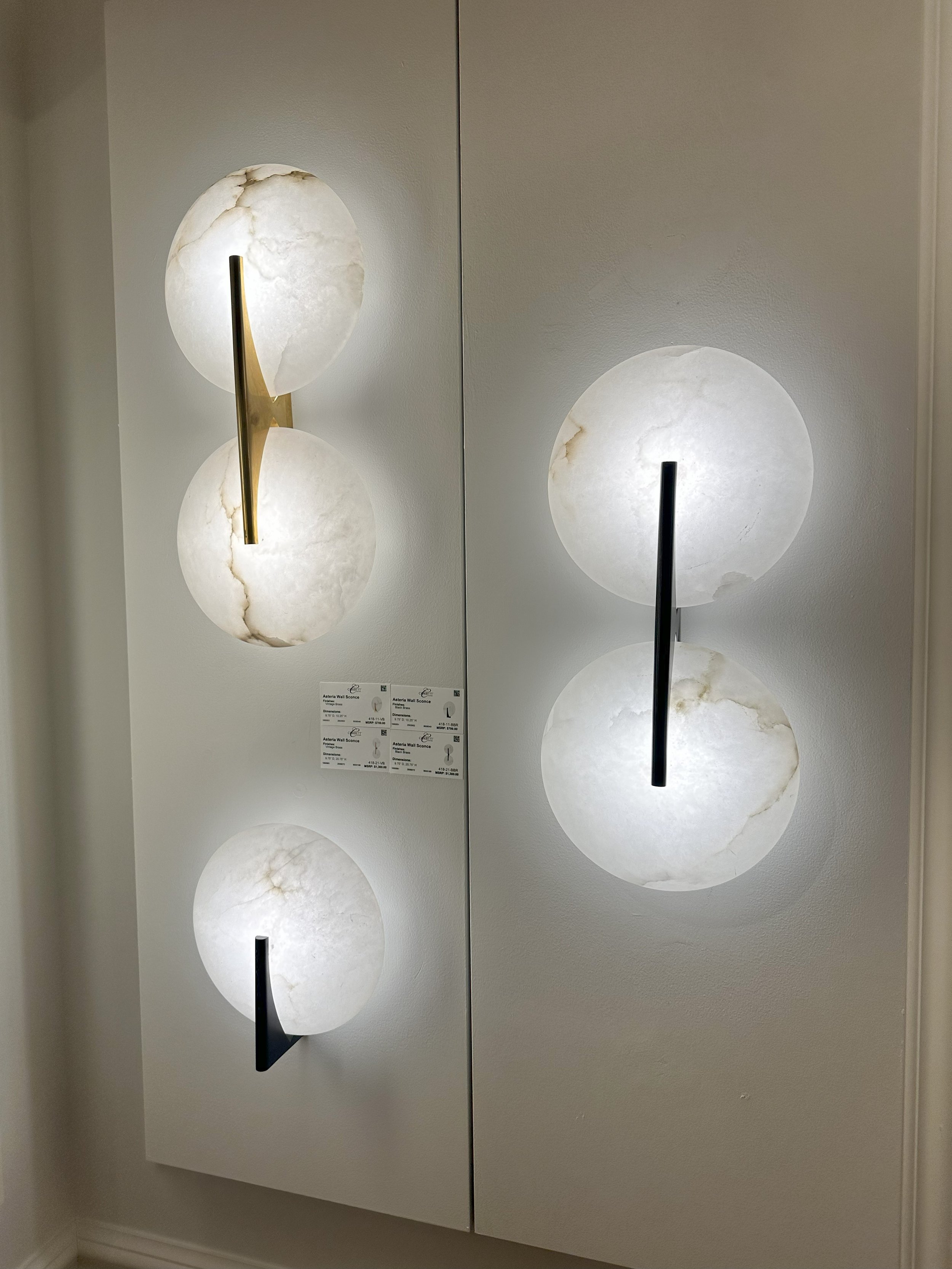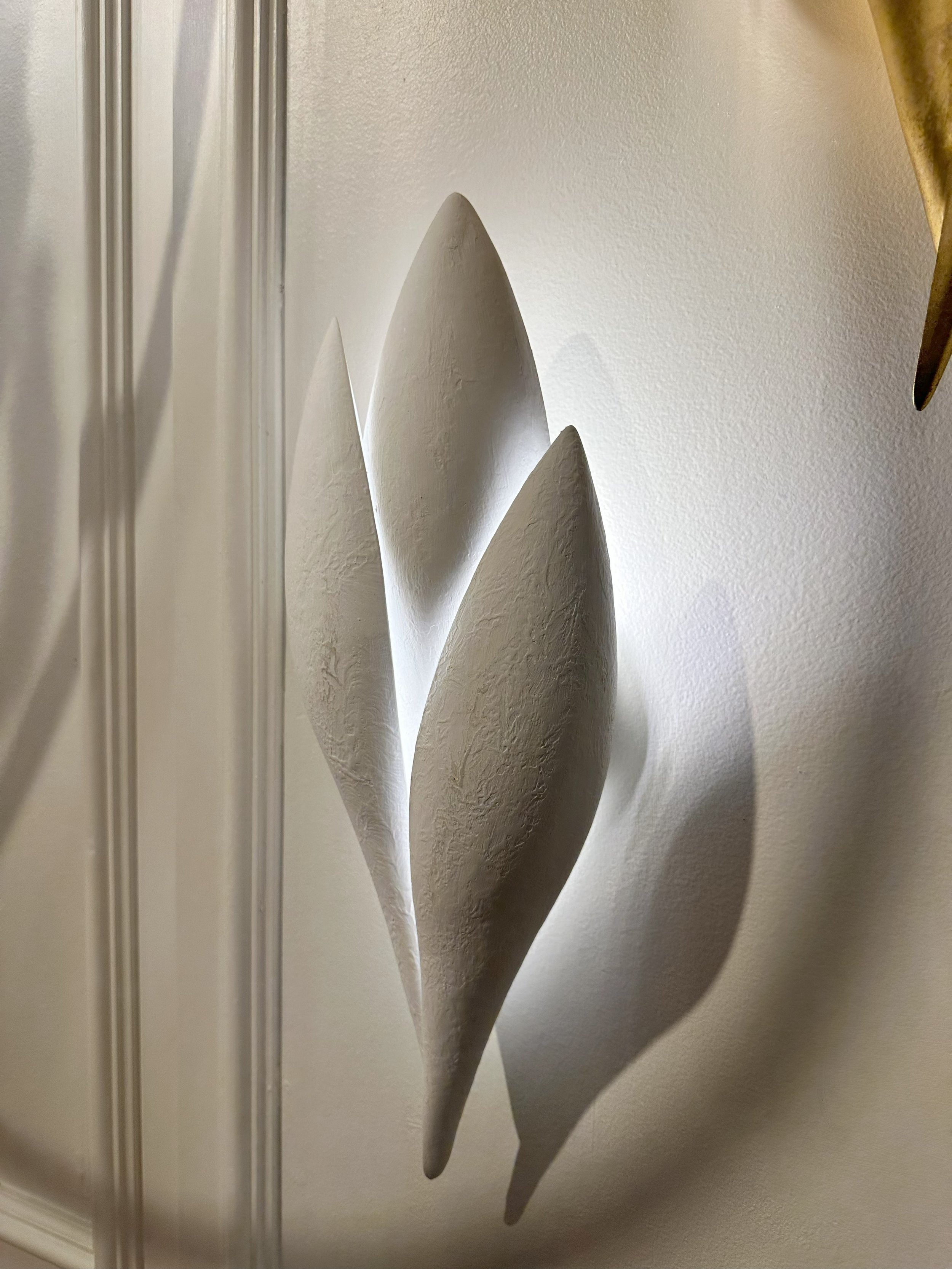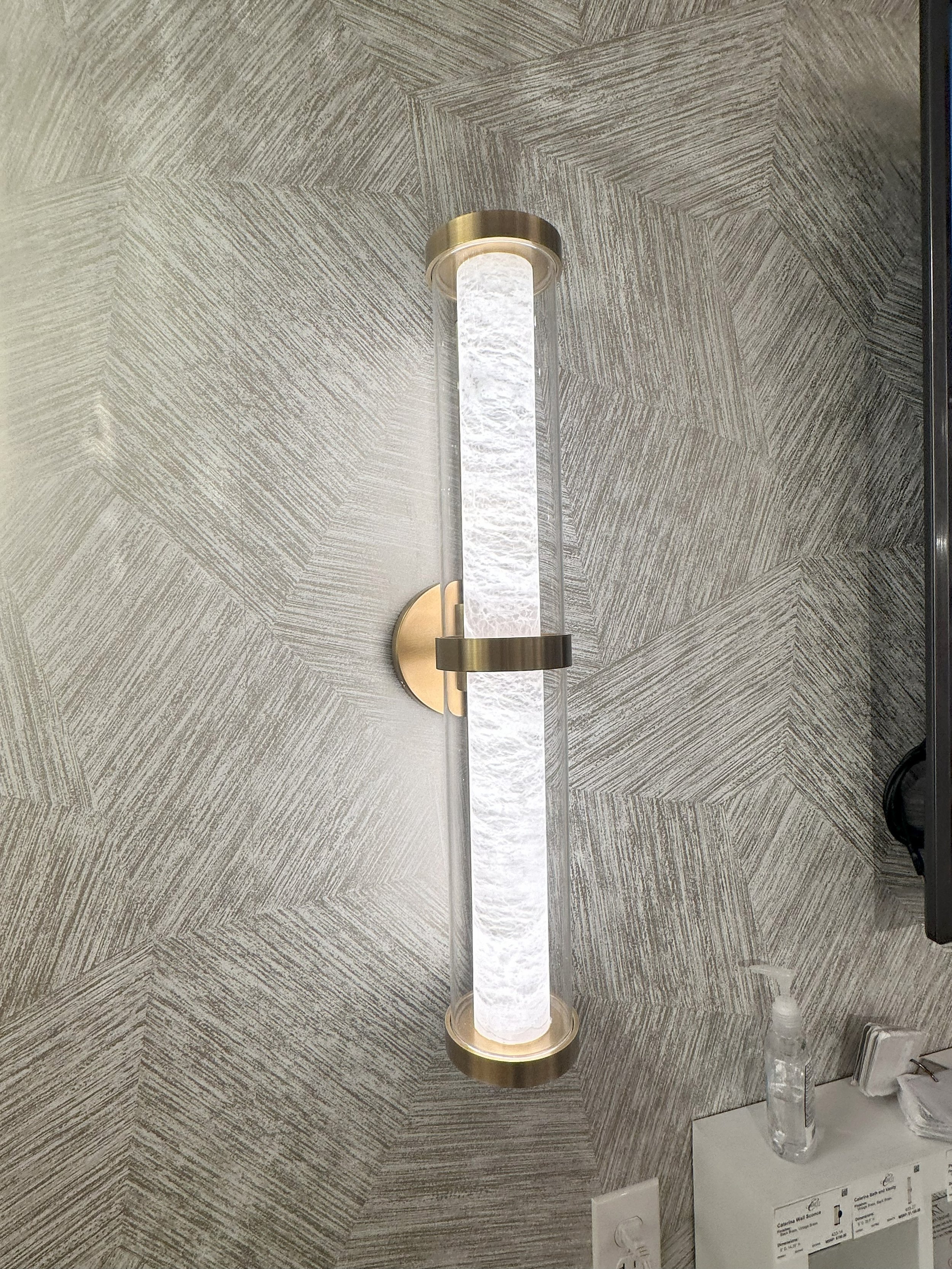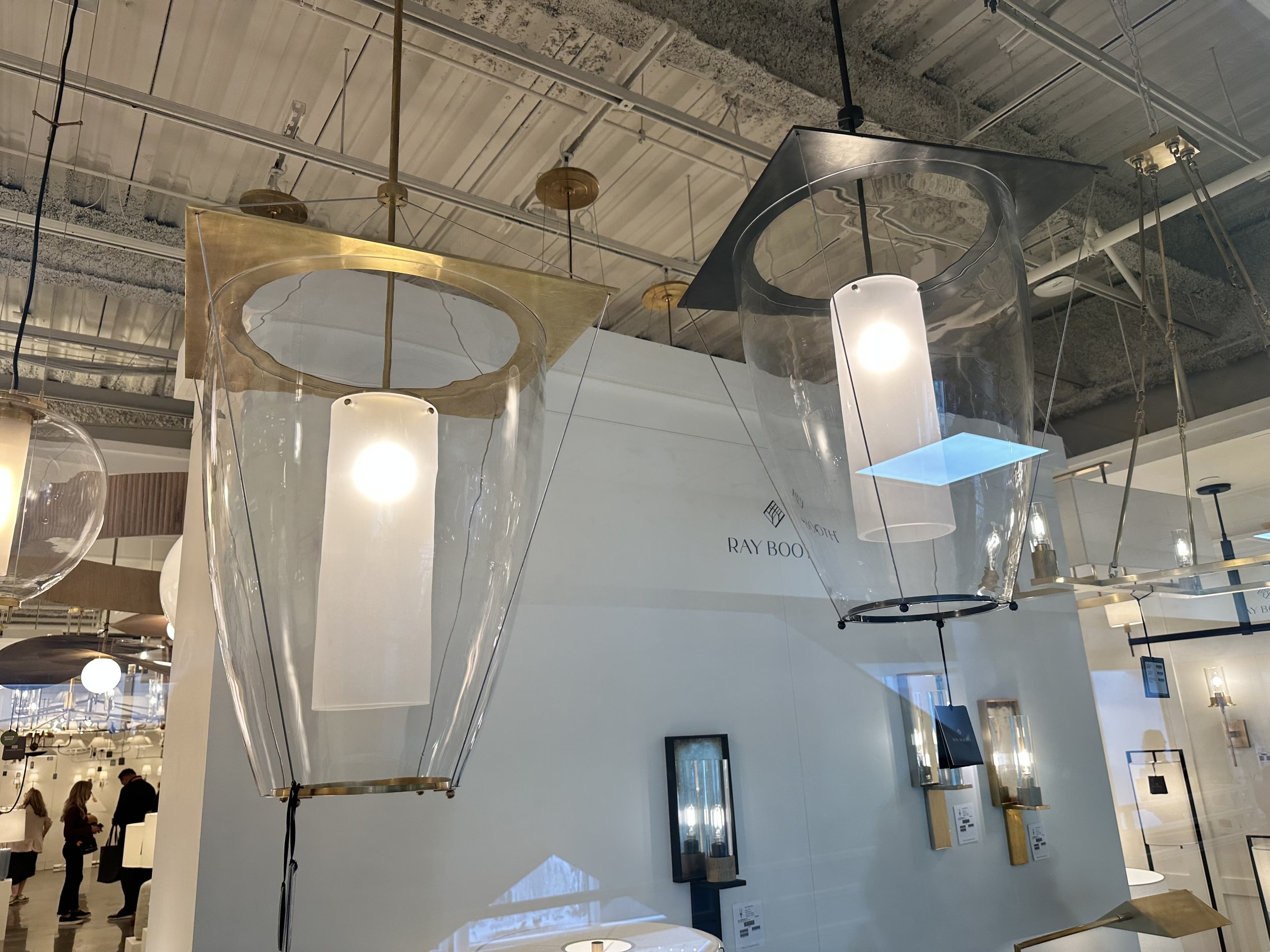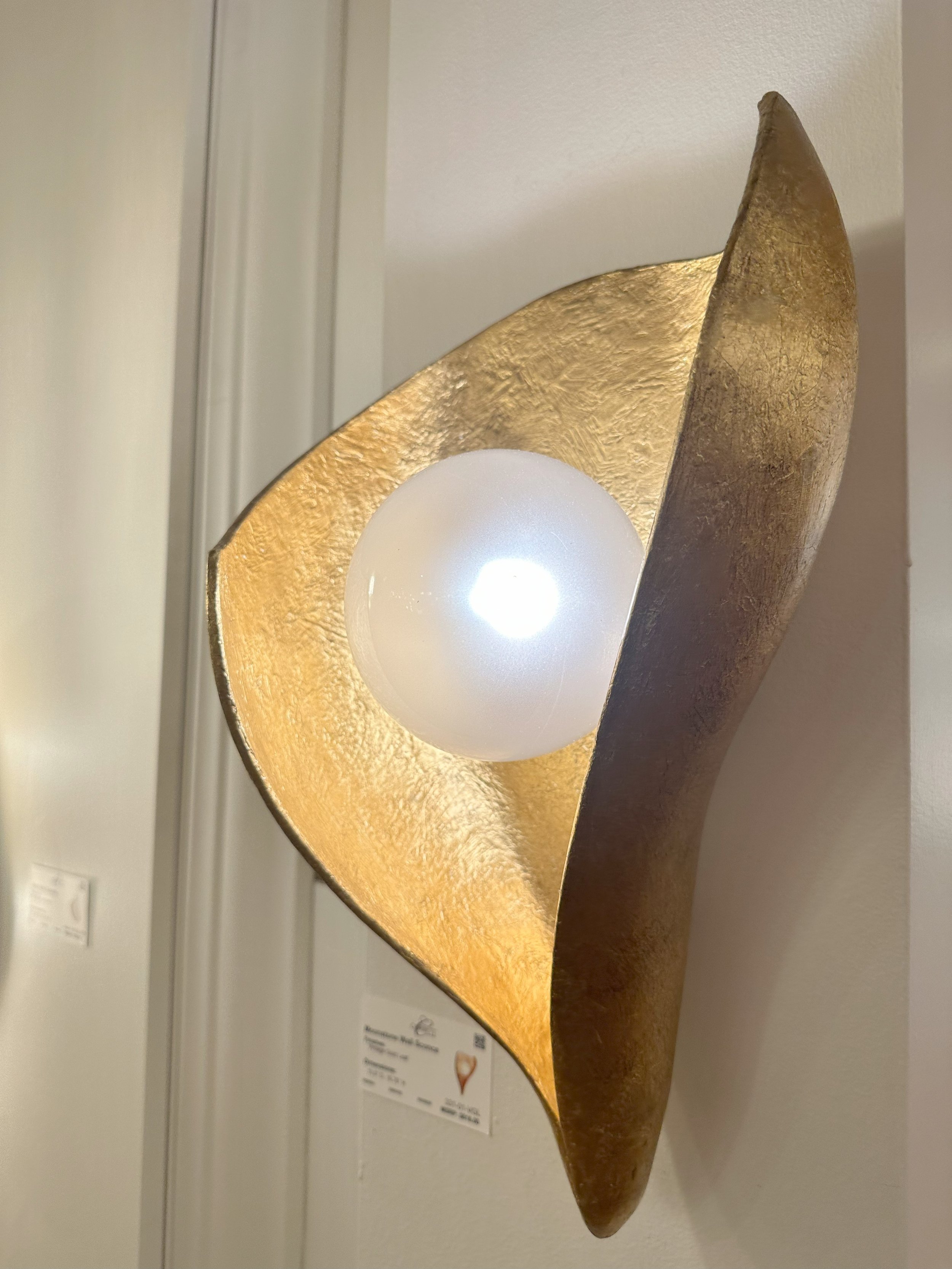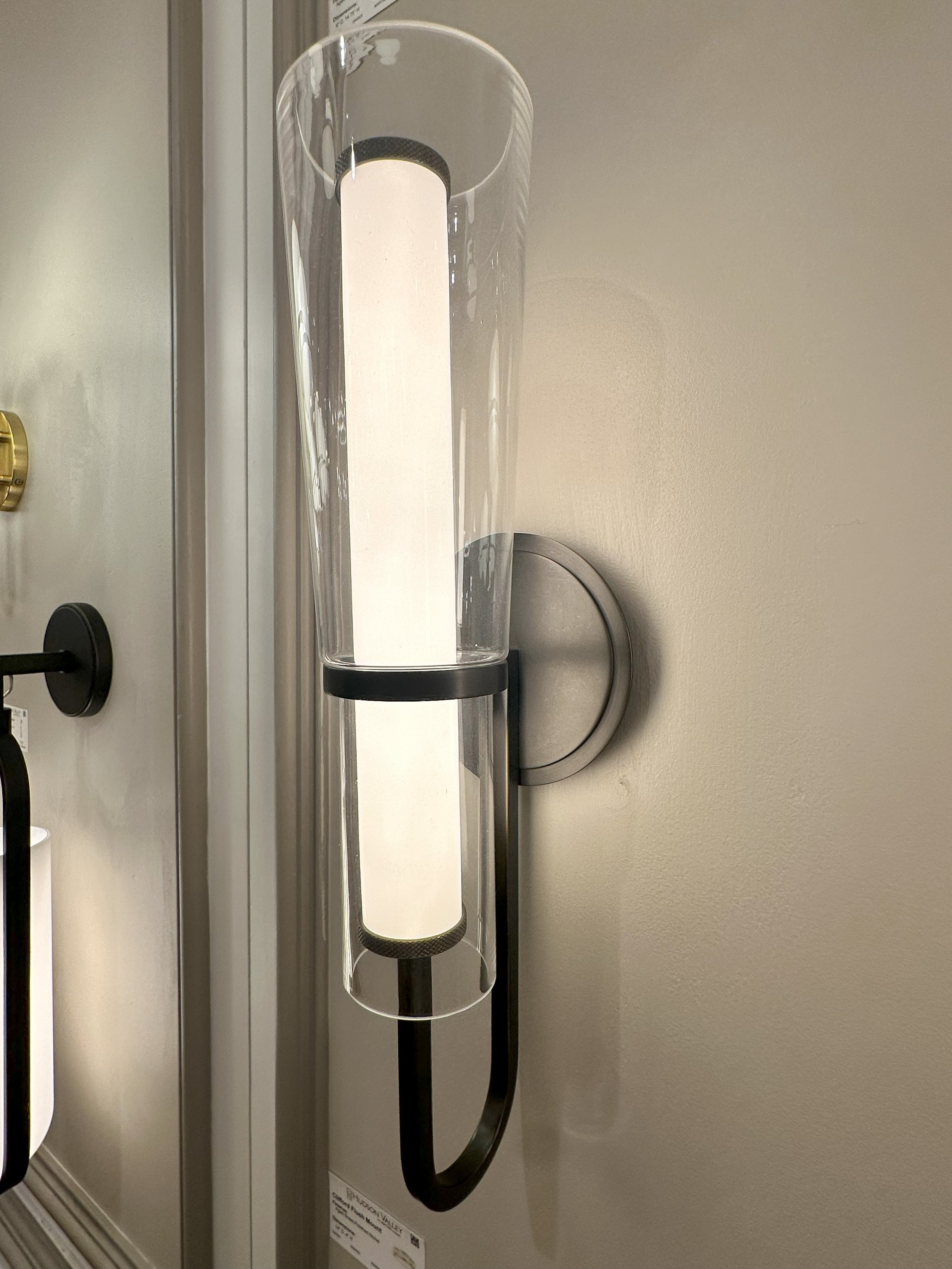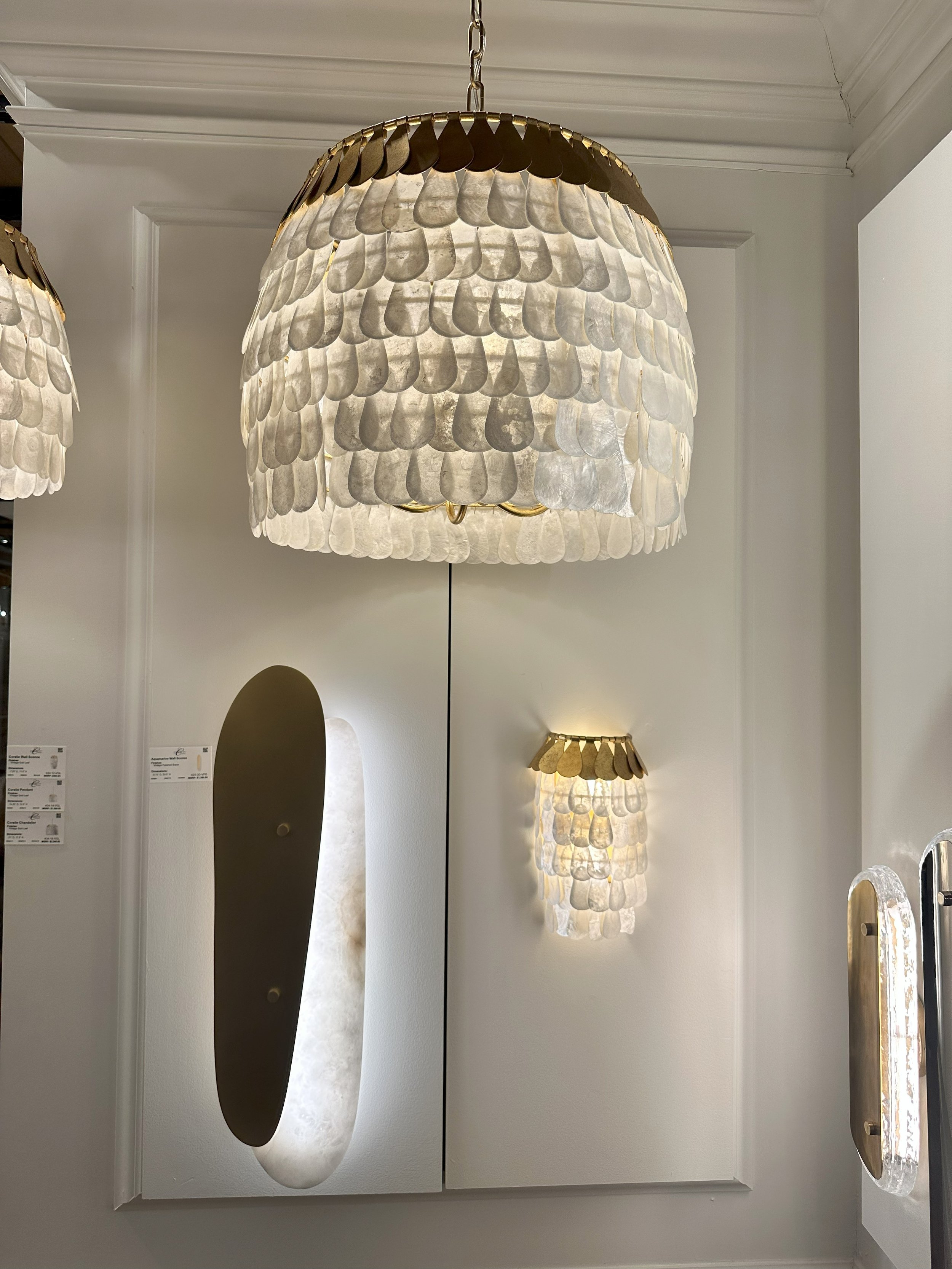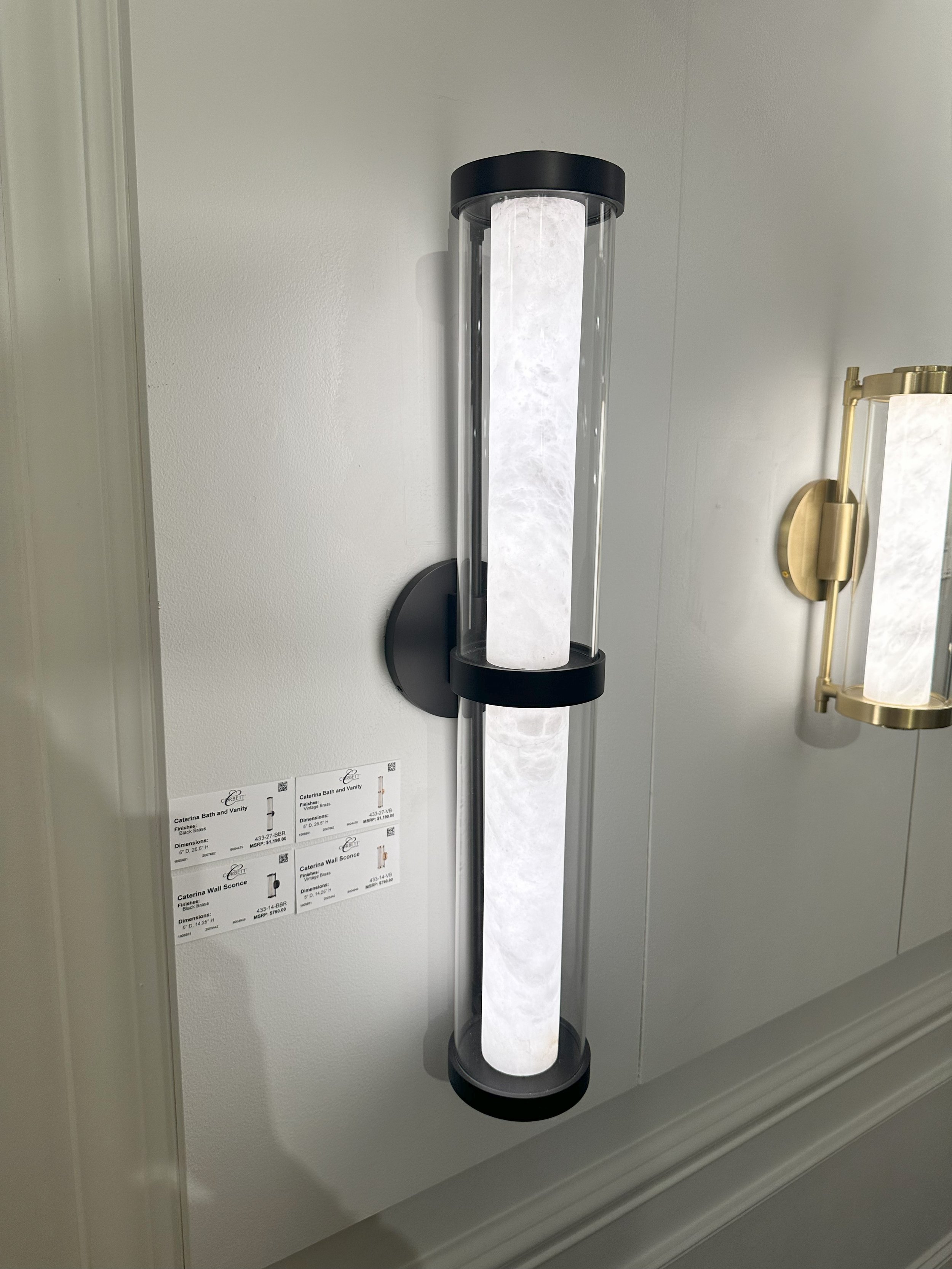Importance of Lighting Design in Home Remodeling
When it comes to home remodeling, there are many factors that contribute to the success and overall feel of the project. One crucial aspect that often gets overlooked is lighting design. This element plays a significant role in how a space looks and feels, and can make or break the overall ambiance and functionality of a room. In this blog post, we will explore the importance of lighting design in home interior and remodeling and how incorporating layered lighting can elevate the look and feel of your home.
Understanding the Basics of Lighting Design
Lighting design is a fundamental element in interior design and home remodeling that should never be underestimated. It has the power to transform a space from dull and lifeless to vibrant and inviting. By strategically placing lights and considering the type of fixtures and bulbs used, you can create a beautiful and functional ambiance that perfectly suits your style and needs.
Task lighting comes from sources such as table lamps or floor lamps. This type of lighting provides direct illumination for things like reading, working, or other tasks. In a living room, for example, table lamps are often placed on a side table next to a sofa or accent reading chair. Floor lamps lighting for some of the same tasks, plus can be used for overall room lighting and brightening dark room corners.
Overhead lights include sources such as ceiling lights, chandeliers, track lighting, ceiling fans with lights, and recessed lights. These types of light sources provide general room lighting and can be a mix of both decorative and more functional lighting looks.
One important concept to understand is the concept of layers of light. This involves incorporating different types of lighting to create depth and dimension in a room. For example, a combination of ambient lighting, such as overhead fixtures or chandeliers, and task lighting, like desk lamps or under cabinet lighting, can help create a well-lit and functional space.
Color Quality of your bulbs. Lamps all produce light that have a certain color appearance. This will affect objects and how they appear when the light hits them. It also influences how the color of the lamp itself appears. The temperature indicates the color experience and the light it will put out. Lights higher than 5000 K are cool and stark blue-white like a hospital. Neutral are 3000 to 4000 K and appear white, and warm is 2600 K. Temperature will describe its color but will not define how objects appear in color when they are lit, and lamps can render colors differently even though they have the same color temperature.
Lighting is measured in degrees of Kelvin (K) on a scale from 1,000 to 10,000. Typically, Kelvin temperatures for commercial and residential lighting applications fall somewhere on a scale from 2000K to 6500K. A light bulb's color temperature lets us know what the look and feel of the light produced will be.
Kelvin Temperature for Lighting
Overall, the basics of lighting design involve understanding the different types of lighting, using a combination of fixtures and bulbs, and considering factors such as color temperature and dimmers. By mastering these basics, you can create a beautifully illuminated space that reflects your personal style and enhances the overall beauty and functionality of your home.
Why Proper Lighting is Crucial to Your Remodeling Project
Proper lighting is not just a nice addition to your home remodeling project; it is crucial for the overall success of the project. The right lighting can completely transform a space, elevating its style and functionality. Whether you're updating your living room, kitchen, or even creating a resort-like backyard oasis, the proper lighting design can make all the difference to your homes interior space.
Imagine walking into a room that is poorly lit, with harsh fluorescent lights or outdated fixtures. It immediately affects your mood and perception of the space. On the other hand, a well-designed lighting scheme can create a warm and inviting atmosphere, making your home feel cozy and welcoming.
Not only does proper lighting enhance the ambiance, but it also has practical benefits. It can illuminate rooms to improve visibility and functionality. For example, in a kitchen remodel, under-cabinet lighting can provide task lighting for food preparation, while toe-kick lighting can add a touch of luxury and convenience. In a home office, the right lighting can reduce eye strain and improve productivity.
Additionally, incorporating stylish lighting fixtures, such as chandeliers or LED lighting, can add a touch of glamour to your space. Whether it's a glam room or a spa-inspired bathroom, the right lighting can enhance the overall aesthetic and make you feel like you're in a luxurious retreat. Watch the video below to see how lighting changes how this room feels. Video courtesy of Visual Comfort Lighting
Tips for Implementing Effective Lighting Design
When it comes to implementing effective lighting design in your home remodeling project, there are several tips and tricks that can help you achieve the desired results. Here are some key strategies to consider:
1. Start with a plan: Before diving into the selection of lighting fixtures, take the time to create a lighting plan. Assess the needs of each room and determine the type of lighting required for different activities and moods. This will help you choose the right fixtures and determine the best placement.
2. Consider layers of light: As mentioned earlier, incorporating layers of light can add depth and dimension to a space. Combine ambient lighting, task lighting, and accent lighting to create a well-balanced and functional lighting scheme.
3. Choose the right bulbs: Selecting the right bulbs is crucial to achieving the desired ambiance. Consider the color temperature of the bulbs and opt for warm or cool light based on the function of the room. LED bulbs are energy-efficient and long-lasting options to consider. Its really important that all the bulbs in the room are the same color otherwise you can see that it is unbalanced.
4. Install dimmers: Adding dimmers to your lighting fixtures allows you to control the intensity of light in a room. This gives you the flexibility to create different moods and adjust the lighting based on the time of day or the activity taking place.
5. Don't forget about natural light: Utilize natural light to its fullest potential by incorporating window treatments that allow for both privacy and the entry of natural light. This will not only enhance the overall lighting design but also create a connection with the outdoors. Interior design is the balance of all things.
6. Pay attention to the placement of fixtures: Consider the placement of lighting fixtures in relation to furniture, artwork, or architectural features. This will help highlight key elements and create focal points in a room. Below is a gallery of some great light fixtures that we sourced on our latest trade convention.
By following these tips and tricks, you can effectively implement a lighting design that enhances the overall beauty and functionality of your home. Remember to experiment and have fun with your lighting choices, as it can truly make a significant impact on the atmosphere and feel of your space.








